Battery current and voltage can vary
The gist of your question is "how can a battery, that is supposed to supply a fixed, constant voltage give rise to an 'alternating' current measurement?".
I believe that what you find strange is the fact that being the battery voltage constant, the current drawn from it should also be constant.
You might be surprised by the fact that not even the voltage supplied by the battery is constant, but varies instead with the amount of current drawn. To see how this can happen we just need to model the battery with an ideal constant voltage source (with zero internal resistance) and a series resistance. Something like this - where I intentionally exaggerated the series resistance value
will give you a voltage Vbatt that is a function of the current supplied to the load (not shown above). In fact, without any load attached the voltage you measure at the 'external' terminals is the nominal voltage of your battery (let's say it's 1.5V, or whatever value you happen to have).
When there is a 'load' (i.e. a circuit that is attached to Vbatt and GND) that draws current, that same current has to go through Rs, and in doing so it will cause a voltage drop that will subtract to the nominal voltage of the battery.
Computing power
So both the voltage across and the current supplied by the battery can vary, and depending on the powered circuit they do it with a time dependance that can be very complex, not necessarily symmetrical, nor periodic.
Why is that important? Because to compute the instantaneous power p(t) = v(t) i(t) absorbed by your circuit you need to get both i(t) and v(t) right.
To illustrate all this, let's consider this simulation of a Joule Thief circuit powered by such non-ideal battery:

As you can see, a pulsed current drawn from the circuit results in a pulsed voltage variation at the battery terminals:

The voltage swing at the battery here is grossly exaggerated by the unusual high internal resistance chosen.
Two notes on the signs: first, I had to put a minus sign before I(Vnom) because LTSpice adopts the user convention for the current in the battery - since I want to call i(t) the current exiting the positive pole of the generator, I have to use i(t) = -I(Vnom). The product v(t) i(t) = -V(Vbatt)*I(Vnom) gives you the instantaneous power delivered by the battery and drawn by the attached circuit.
Second, the circuit is higly reactive and the swings in current are so wide that they can also lead to a sign inversion. This means that at certain times the current is entering the battery from the positive pole, resulting in a negative power, i.e. power wasted by the battery instead that used up by the load. This is an extreme effect of the humungous values for Rs, associated with the back-kick coming from the coils.
At any rate, once we have v(t) and i(t) at every t, we know all we need to know about power. Moreover, since in this case the waveforms tend to a periodic steady state (or so it seems on the selected timescale), we can even compute a meaningful average power by integrating over an integer number of periods and by dividing by the time interval.
LTSpice can do that for you: hold down the CTRL key and left click on a power trace name. A small window will pop up showing the average power and the average energy over the selected time interval:
This Joule Thief appears to require some 7.5 mW to run, when the power delivered to the LED only is 4.5 mW.
A more realistic example
As already mentioned, the battery internal resistance has been grossly exaggerated in order to highlight the variability of battery voltage. If we reduce its value to a more believable 0.8 ohm (still some 4 times the average series resistance of an AA cell) the effect on the overall battery voltage is greatly diminished. The circuit will behave so differently that other modifications are needed in order to avoid burning the LED. By changing base resistance and using a different transformer with much higher inductance and a 2:1 ratio, we get this circuit
that appears to oscillate at a frequency of 56 kHz with a peak current in the LED of nearly 60 mA (average current is only 10 mA). Note how small is the voltage swing at the battery terminals, now.
By selecting a time interval where the waveform are periodic, and by using the CTRL + right click trick, we find that in this case the average power drawn from the battery is 47.3 mW, while that used up by the LED is 42.5 mW. This amount to nearly 90% efficiency.
Incidentally, in LTSpice you don't have to simulate imperfect batteries by manually adding an external resistance. You can specify Rser's value as one of the parameters of any voltage generator. In the above circuits I made it external in order to better see the origin of the 'non constant' value of a DC battery.
Real circuits and measurements
Now, this is all in the realm of simulation.
What happens in the real world can be different: qualitative and quantitative aspects can play a determinant role.
First, your battery will have a much smaller internal resistance, so the voltage drop will be much lower. Nonetheless, you can still have variable current draw - this means you might see appreciable AC current content and negligible AC voltage content.
Second, you will have a hard time in simulating the transformer, that is in determining what value to give to the required parameters. Stray capacitances can also alter the behavior of this circuit. As another poster has noticed, even the multimeter cables - or the oscilloscope's probes - can change the way the circuit will work.
The results of Joule Thief simulation can be significantly different from what you get in the real world. I would not rely on a simulation to actually compute the power drawn by such a circuit. The simulation's value is that it makes you see what kind of waveforms you are dealing with: rapidly varying voltage and current at the battery terminals.
The role of the instrument
How this time changing current value will be interpreted by your multimeter depends on how your instrument is designed to measure AC current. Some multimeter expect zero DC content to give a meaningful AC reading, and even then, they might give a meaningful reading only if the varying current is sinusoidal (this is especially true when 'not-exactly-true' RMS measures are involved). Also (I almost forgot), the frequency of the variable signal is important: Joule Thieves tend to oscillate at several tens or hundreds of kHz, and your multimeter might not be able to understand what's going on.
In the end, as usual, what you read depends on how you read it, and with what instrument you read it.
To measure power in a circuit like yours, I'd use an oscilloscope to get voltage and current waveforms and then use the math function to multiply them together. This will give you the instantaneous power waveform. From there to average power, it's just a matter of integration (and division by time interval).
And finally: why did you receive mostly comments? Because it takes time to write full-fledged answers.
 Download schematic: https://drive.google.com/drive/folders/1Vr9mQx449-RmjqclVZdgrnk5SyXjxTlG?usp=sharing
Download schematic: https://drive.google.com/drive/folders/1Vr9mQx449-RmjqclVZdgrnk5SyXjxTlG?usp=sharing




